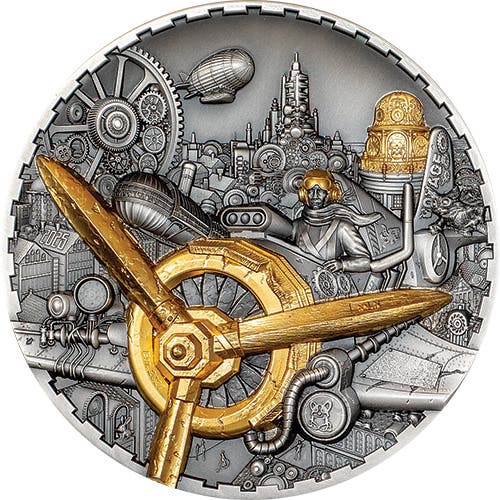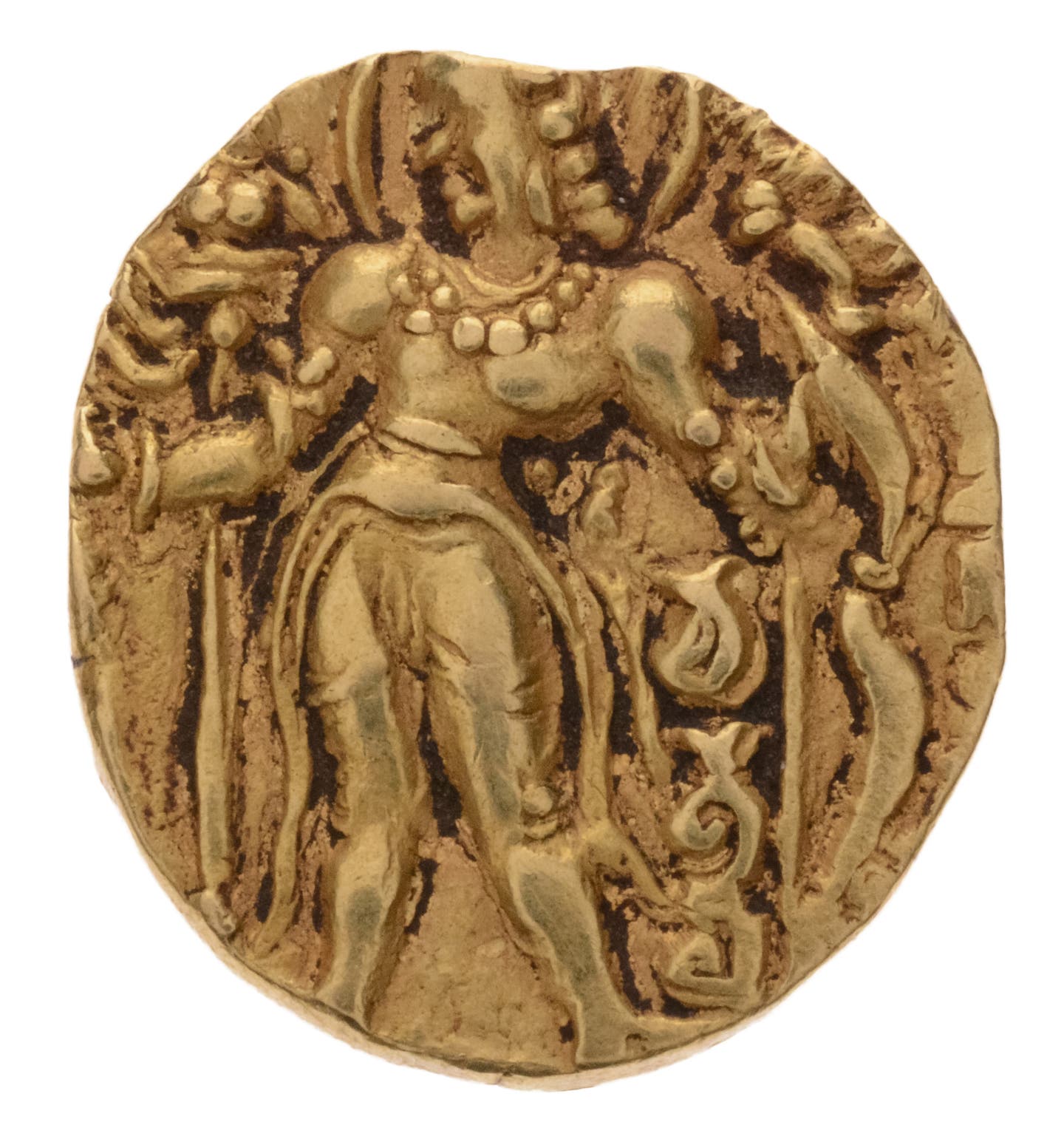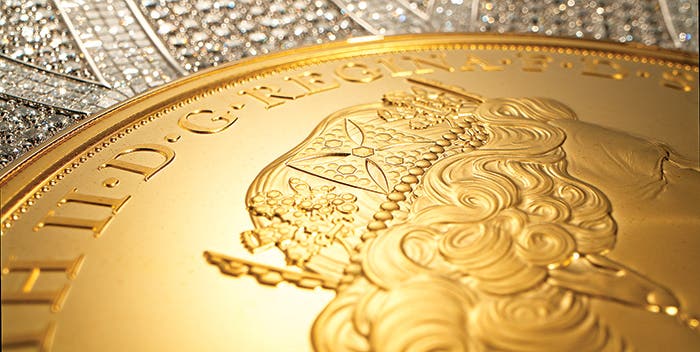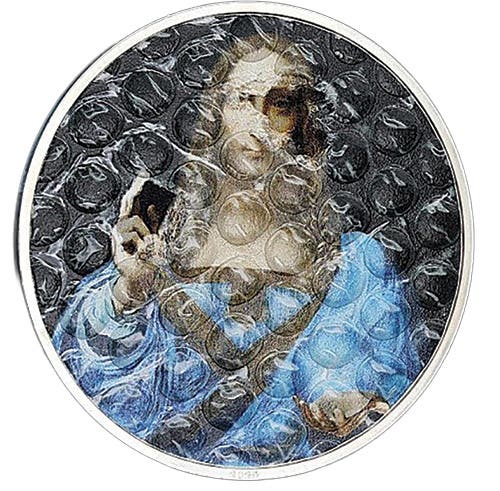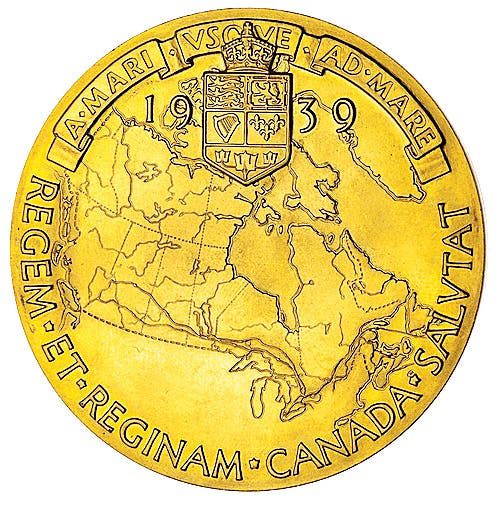Anthony dollars promoted by many
Didn’t the post offices and the Army get involved in trying to make the Susan B. Anthony dollars circulate?
Didn’t the post offices and the Army get involved in trying to make the Susan B. Anthony dollars circulate?
Post offices across the country were enlisted, and passed out large quantities of the coins, but the effort only delayed the inevitable trip back to the bank. The Defense Department tried to force service personnel stationed in Europe to use the coins in place of paper dollars, but the experiment collapsed because most foreign countries will not exchange their currencies for coins.
How long did it take after the birth of Christ before that date was used for dating coins?
The term Anno Domini took a while. It would be more than 900 years before even the Church began using the term regularly, so it was not until the 10th century that the concept of A.D. and B.C. dating really took hold.
Is there any logical explanation for the fairly frequent appearance of holed dollars of the very early years?
One credible reason given is that the coins were used as “teethers” for babies, since they were too large to be readily swallowed. A rather expensive toy back in the days when a dollar was a dollar.
Of course, after the baby had outgrown the need, the string was removed and the dollar went back into circulation, little the worse for wear, other than the hole, which didn’t detract from its face value.
In a story about the Navajo Indians, there is a mention of paying “four bits and a green,” and later, “six bits and a yellow.” What did the colors refer to?
The Navajo word for a nickel translates roughly as “yellow,” and the word for a dime as “green,” so the references are to nickels and dimes. Six bits and a yellow would be 80 cents, and four bits and a green would be 60 cents. The yellow traces to the first issue 5-cent postage notes that were printed on yellow paper. The green comes from the 10-cent note that was printed with green ink.
Like what you're reading? Subscribe to our FREE email newsletter![form id="27827"]
Is it true that a coin flip decided the name of Portland, Ore.?
It was the best two out of three, and Portland won over Boston, when two Yankees flipped a large cent over their favorite name in 1835. The two owners of the town site, Lovejoy of Massachussetts wanted Boston, Pettygrove from Maine wanted Portland. The flipped coin was an 1835 large cent. Pettygrove, and later his son, carried it as a pocket piece.
In past issues of Numismatic News there have been stories or references to the “Lost Dutchman” mine. Is it still lost?
The missing mine, somewhere in the Superstition Mountains of Arizona, continues to elude a multitude of searchers. Coincidentally, from my winter home in Mesa, I can see the Superstitions, which are just a few miles from the Phoenix metropolitan area. The neighboring community of Apache Junction stages an annual “Lost Dutchman Days” celebration.
How many times did the Liberty Bell crack?
It came originally from a British firm in Whitechapel. It was cast in 1752, cracking on the first stroke after arriving at Independence Hall. Pass and Stowe recast it in 1753, adding 1.5 ounces per pound of bell weight of copper. It cracked a second time three months later. It cracked the third time July 8, 1835, tolling the death of Chief Justice John Marshall. It was tapped with a rubber mallet for a D-day broadcast, June 6, 1944, the last time it has been rung.
Email inquiries only. Send to AnswerMan2@aol.com. Because of space limitations, we are unable to publish all questions.
More Coin Collecting Resources:
• Subscribe to our Coin Price Guide, buy Coin Books & Coin Folders and join the NumisMaster VIP Program




